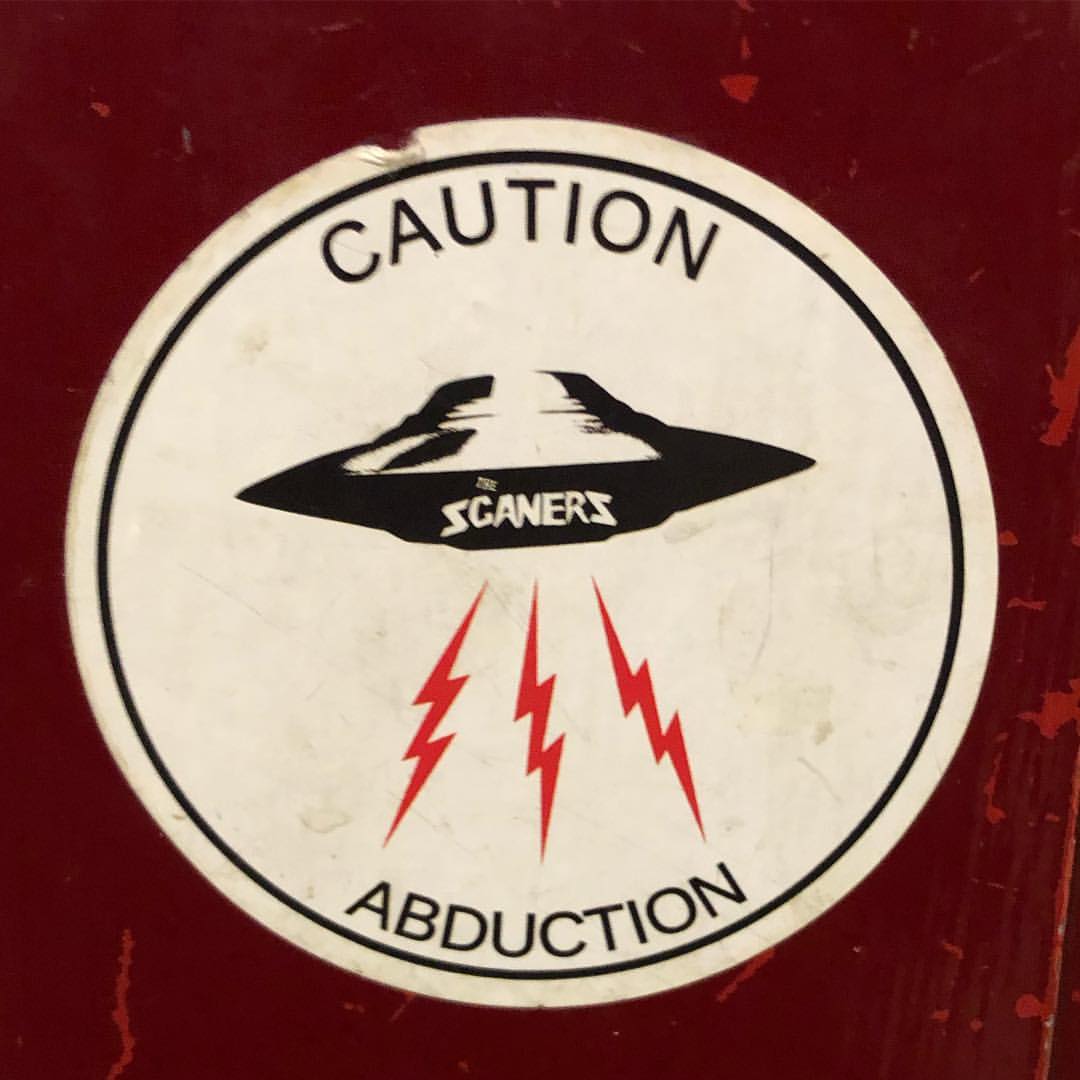“I don’t come from there. I still feel It’s a bad thing, even for the eyes… it’s become such a problem with digital that we have too many images,” he said. “Some people love it, some people are sick of it, but you could say we’re all sick from it.”
“If I was a dictator, a nice dictator, says a king or queen, or sheikh or an emir, or whatever, I would not allow people to share more than 24 image a year,” he quipped.
24 Frames, even.
Also:
“It’s the only art for which a machine had to be invented for it to exist,” he said of cinema “It’s very young, only a century old, but it’s also very old.
“You have to reinvent it every generation… It goes back to what we were saying before about sacred images, you have to reinvent the power of the silent films. The people who watched the first film, this train coming into a train station [L’Arrivée d’un train en gare de La Ciotat], they were afraid. If you showed this film to a three-year-old today, he would be bored. You have to reinvent this power, this amazement, that’s the ambition and the hardship of making films.”
From a conversation between Robert Bresson and Jean-Luc Godard, from BRESSON ON BRESSON:
RB: And those people who think, who sometimes write (I’ve even read this recently) that silent films are the only pure cinema! Imagine!
J-LG They say that, yes, but that doesn’t change the fact that when they watch a silent film they can’t stand it!
RB And what I was saying goes a lot further: There was never such a thing as silent film! It never existed! Because people still spoke, they just spoke into the void, we didn’t hear what they were saying. So please don’t say that we created a silent style! It’s absurd.
Related: Denis Villeneuve’s method considers dialogue a thing for theatre and tv, not for his films.
